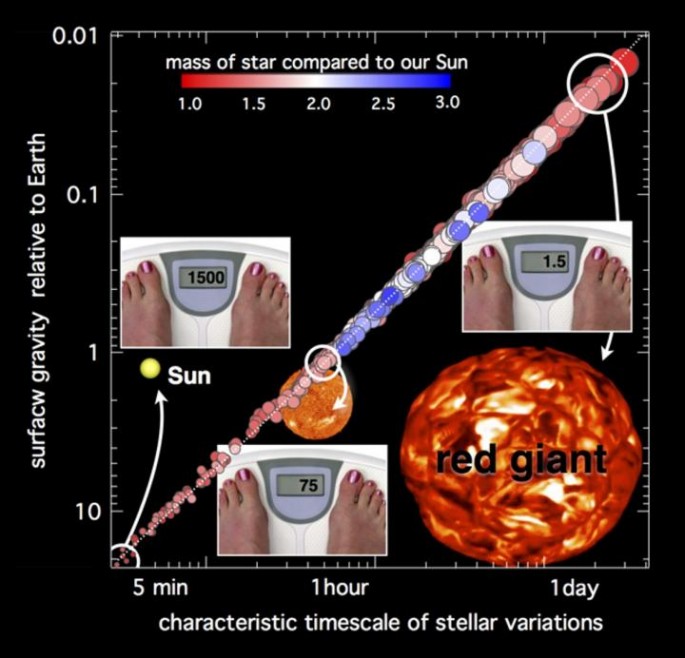New research reveals a new method in searching for habitable planets that can potentially hold life in distant star systems. This new technique involves measuring the gravitational pull from the surface of these distant stars where this can be valuable for scientists to determine which planets that can harbor and sustain life.
Researchers from the University of British Columbia in Canada and University of Vienna in Austria developed this new method that involves measuring the surface gravity of distant stars with a four percent accuracy for too distant stars that are also too faint to apply on traditional gravity measurement techniques.
Apart from measuring its surface gravity, this technique can also examine the distant planets' mass and sizes, to gain a more accurate measurement of the overall size of them. According to co-author of the study, Jaymie Matthews from the University of British Columbia, this new method can tell you how big and how bright is the star where scientists can predict the right size and temperature of planets, if they can possess water or oceans and even life.
Matthews adds that it is also important to note that if there is a planet detected near a star that is similar to the Sun, but is actually a giant, this may cause discrepancies in accurately detecting a habitable world similar to Earth.
Traditional methods can already measure the surface gravity of nearby bright stars however this can exclude almost 1 billion, trillion other stars including their planet systems.
According to the lead author of the study, Thomas Kallinger of the University of Vienna, this timescale method is simple but also a powerful tool where data can be applied from other studies to help further understand the nature and evolution of stars like the Sun and also to find other planets similar to Earth.
This new study is published in the journal Science Advances.



























